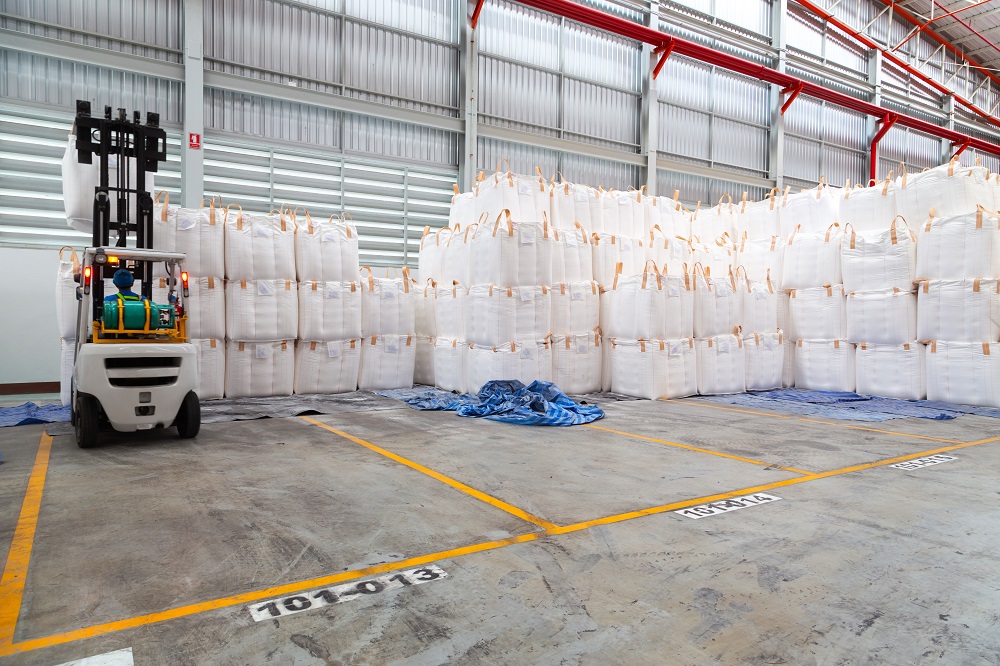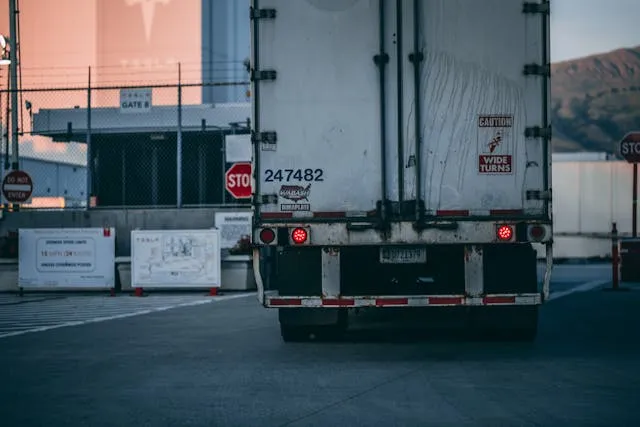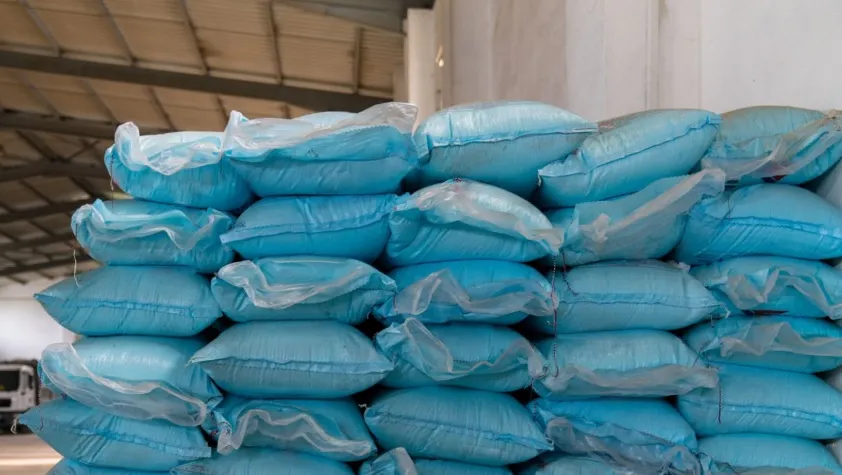Big bags, also known as bulk bags, are containers made from polypropylene fabrics, which are extremely versatile and practical for transporting and storing bulk goods. Their popularity stems from various factors, including cost-effectiveness, ease of use, and large cargo capacities. Designed for transporting all types of materials, from minerals to construction materials, big bags have become an indispensable element of logistics in many industries. Thanks to their design, they can hold from several dozen kilograms to several tons of cargo, making them a suitable solution for various transport needs.
Big Bags – Versatility and an Economical Solution for Bulk Goods Transport

What Benefits Do Big Bags Offer for Industry?
The benefits of using big bags in industry are numerous. First of all, their design allows for maximum space utilization, which results in cost savings in transportation. Typically, a significant amount of goods can be loaded into a single big bag, reducing the number of shipments and transport costs. Additionally, big bags are relatively lightweight, which saves additional cargo space and thus reduces unit transport costs.
Another advantage of using big bags is their versatility. Big bags can be used across various industries, including construction, the chemical industry, agriculture, and food processing. For each of these sectors, the type of big bag can be tailored to the specifications of the goods being transported, making them an ideal solution for companies looking for flexible transport options. Moreover, big bags are easy to store, and their collapsible form allows for space savings when not in use.
How Big Bags Contribute to Logistical Efficiency?
Big bags contribute significantly to improving the logistical efficiency of many businesses. When transporting bulk goods, traditional packaging methods often require the use of more containers and bags, which not only increases costs but can also lead to a higher risk of damage to goods. By using big bags, these problems can be minimized, as one large container replaces several smaller ones, reducing packaging waste and the time spent on loading and unloading.
Additionally, big bags are often designed to be compatible with typical transport equipment, making them easier to handle in warehouses and during transport. The use of standard sizes means they can easily be loaded onto pallets, promoting automation and optimization of logistical processes. In this way, organizations can focus on improving the quality of their services and managing their human resources more efficiently.
What Are the Material Options Used for Big Bag Production?
The material used to produce big bags is a key factor determining their durability and functionality. The most commonly used material is polypropylene, which is known for its excellent resistance to various chemicals and harsh weather conditions. Polypropylene is also relatively lightweight, contributing to the overall low weight of big bags, while still being strong enough to handle heavy loads.
In addition to standard polypropylene, there are also big bags made from laminated materials, which further enhance their resistance to water and other external factors. For goods that require protection from moisture or chemicals, laminated big bags will be a significantly better option. There are also big bags made from biodegradable materials, which is a response to the growing interest in eco-friendly packaging solutions.
How Can Big Bags Affect the Environment?
The use of big bags for transporting and storing bulk goods not only brings economic benefits but can also have an impact on the environment. Compared to traditional packaging such as cardboard boxes or plastic bags, big bags generate significantly less waste. Additionally, due to their large capacity, they require fewer shipments, which reduces CO2 emissions associated with transportation.
The growing interest in eco-friendly solutions has led big bag manufacturers to increasingly offer products made from environmentally friendly materials. More and more big bags are also being used that can be easily recycled, further reducing their negative impact on the environment. In the field of sustainable development, big bags are therefore becoming not only a functional but also a responsible choice.
What Other Applications of Big Bags Can Be Distinguished?
Big bags have a wide range of applications across many industries. In addition to their classic use in the transportation and storage of bulk goods such as cement, sand, granules, and fertilizers, they are also becoming popular in areas such as landscape architecture, where they are often used for transporting soil, plants, or decorative stones. In the chemical industry, big bags are used for transporting chemicals such as powders and granules, as well as in construction, where they are an ideal solution for transporting building materials.
In agriculture, big bags are commonly used for storing animal feed or other fertilizers, which facilitates transport and optimizes storage processes. In the food industry, big bags can be used for storing goods such as grains or feed mixtures, and their material can be specially adapted for contact with food, which is an additional advantage.
What Innovations Can Be Noticed in the Production and Use of Big Bags?
As the big bag market evolves, we also see the introduction of innovations aimed at improving the functionality of these containers. Manufacturers are introducing solutions that respond to the specific needs of customers. For example, big bags with additional handles have been created to make loading and unloading easier, as well as models equipped with anti-shock protection systems, which help increase their durability during transport.
Another interesting trend is the personalization of big bags, which allows companies to better tailor packaging to their individual needs. Thanks to modern printing technologies, big bags can be decorated with logos or other information, which is becoming increasingly popular in the marketing industry. In the case of international shipments, big bags can be equipped with additional labels, which makes it easier to track the shipments.
What Are the Limitations of Using Big Bags?
Despite their many advantages, big bags also have their limitations. First and foremost, they are not suitable for transporting all types of materials. For liquid goods or materials with a high degree of granulation and flowability, big bags may prove insufficient. In such cases, other packaging solutions such as tankers or containers may be necessary.
Limitations in the use of big bags may also arise in terms of storage conditions, as improper handling or incorrect storage may lead to material damage and a loss of quality of the transported goods. Therefore, it is important for companies using big bags to adhere to all guidelines regarding their usage and storage in order to maximize the benefits of their use.
What Trends Will Dominate the Future of Big Bags?
Markets are dynamic, and the needs of businesses and customer expectations are constantly changing, which impacts the development of packaging technologies, including big bags. In the future, we can expect innovations related to the materials used for big bags and their functionality to continue evolving. Manufacturers will undoubtedly strive to introduce even more sustainable solutions that will address the growing needs related to environmental protection and social responsibility.
There is no doubt that big bags will play an important role in the future of bulk goods transportation. The rise of e-commerce and globalization will increase the demand for efficient, economical, and easy-to-handle transportation solutions. Therefore, big bags, with their versatility and ability to be adapted to various needs, will continue to dominate the logistics market, adjusting to changing conditions and the challenges of the global economy.



